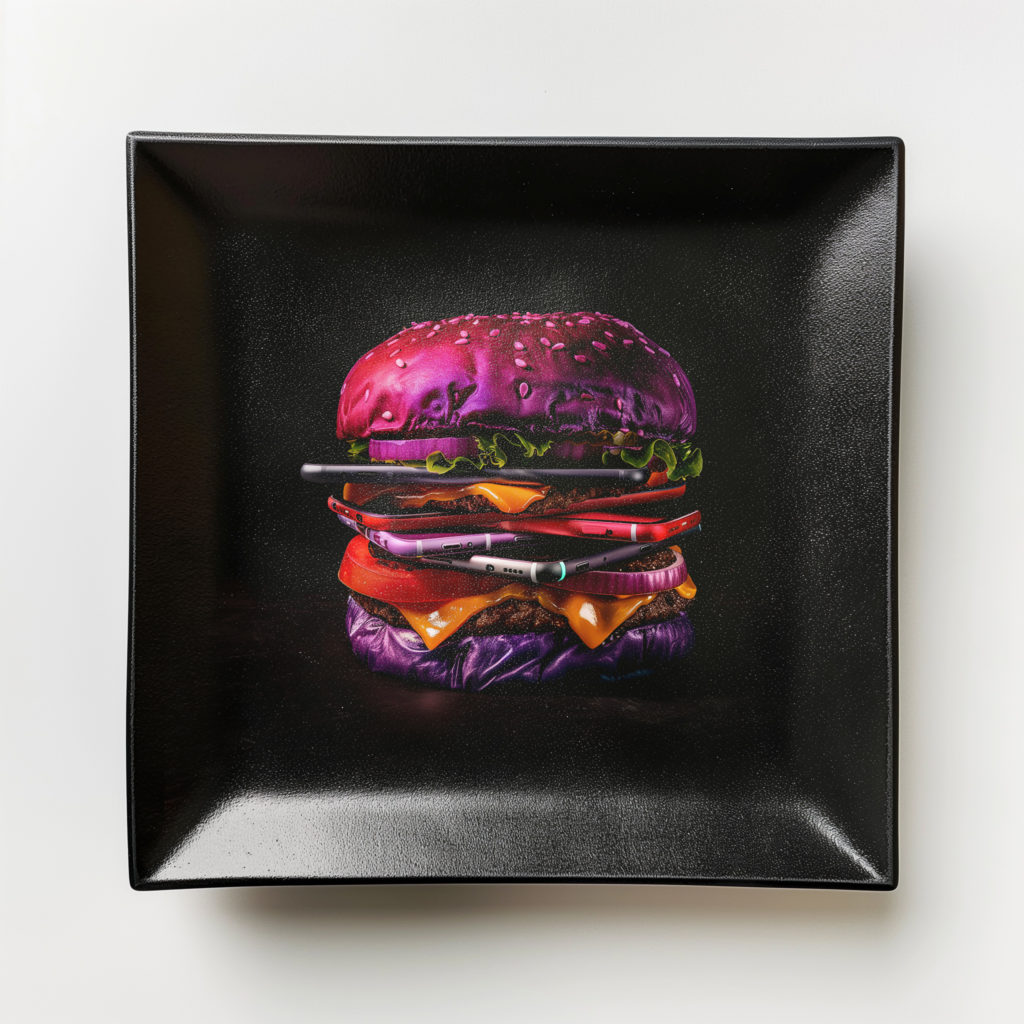Share the post "Art between reflection and contemplation. Interview with media artist Enrico Dedin"
Enrico Dedin, media artist and art director from Italy. Photo © Courtesy of the artist
Tell us what you do and your beginnings.
I have been active in the art world since 2013 when I participated in my first collective exhibition at 17. During my education, the discovery of philosophy was fundamental, I approached in particular the thoughts of Umberto Galimberti, Günther Anders, Zygmunt Bauman, and Hans Jonas; so I began to question myself on the psychological and sociological impact of technology.
In the beginning, I experimented mainly with sculpture, installation, and photography, later, the interest in technological dynamics irremediably led me towards multimedia practices. In 2015 I enrolled in the “New Technologies of Art” course at the Academy of Fine Arts in Venice. During my years in Venice, I got closer to documentary and landscape photography inspired in particular by Walker Evans and Filippo Minelli, as well as video art and public art practices.
After graduating with honors from the Academy of Venice, I deepened my research in the field of digital and multimedia arts, obtaining awards and participating in group and solo exhibitions, competitions, and international festivals all over the world. Up to the most recent goals, from the selection for Heure Exquise!, the distributor of the audiovisual collections of the Musée du Louvre and the Musée d’Orsay, to that for the 16th edition of Videoart Yearbook, the historic exhibition of Italian video art.

What does your work aim to say?
Art must be a mission. My work tries to be a gift for others, a tool to encourage reflection and contemplation. As an artist, I focus mainly on the impact of digital technologies on our experience and perception of reality. I explore both the online and offline landscapes with an anthropological gaze, focusing on the sociological and identity changes of contemporaneity.
What interests me most is the human condition in our era, often reflecting on our relationship with the surrounding environment and nature. Often with my works, I try to convey the need for a more conscious, critical, and connected life with wild spaces and natural elements. Many of my efforts are to try to raise awareness of today’s “nature deficit”, as well as the need for a new humanistic vision in the approach to the latest generation technologies.
Where do you find inspiration for your art?
In most cases, inspiration comes from two sources: internal input or external input. In the first case, it is often the result of personal observations of certain situations or contexts. Examples of this are the works: “Nature Training Center”, a video whose inspiration was born in the pandemic lockdown and which reflects on the transformation of nature into a fitness & sports area; “The Photo Hunters”, another video piece that was born unexpectedly during an excursion off the coast of Tenerife, in which the sense of wonder generated by the grandeur of the Atlantic Ocean and the sighting of cetaceans is overwhelmed by the tourists’ obsession with taking photographs.


The Last Supper, images on plates © Courtesy of the artist
In the second case, however, inspiration can come from singular and emblematic news learned from the web, TV, or other information channels. Recent works born from this input are certainly the video “Socialhenge”, started on the occasion of the summer solstice and the incredible related event that attracts thousands of people to the famous archaeological site of Stonehenge every year.
But also the video “CryptoNiagara” elaborated following the public protests that arose because of the mining factories, guilty of having silenced with their din the sound of the iconic North American waterfalls, a symbol since 1800 of the romantic concept of the sublime. In these cases, therefore, the single event becomes the pretext to reveal and show a more global condition.
